Human antibodies are transforming the way medicine works by making therapies for cancer, autoimmune illnesses and infectious diseases safer and more effective. These antibodies are developed to decrease immune responses which lowers dangers and improves patient outcomes compared to older murine or chimeric choices. They are very important for the future of biologics.
Phage display and transgenic mouse models are the two key platforms that are leading the way in finding completely human antibodies. Each one has its own pros and cons that affect the time frame, cost and possibility of success. The platform you chose can make a big impact in how well or poorly your therapeutic candidate develops.
Phage display lets scientists do a lot of tests in the lab, making a lot of different libraries and quickly finding possible antibody candidates. Transgenic mice models on the other hand, let the immune system develop naturally which usually leads to persistent, physiologically appropriate antibodies. To make sensible and strategic choices in antibody creation you need to understand these differences.
Read on to find out how phage display and transgenic mouse technologies compare and which one might be the key to your antibody research success.
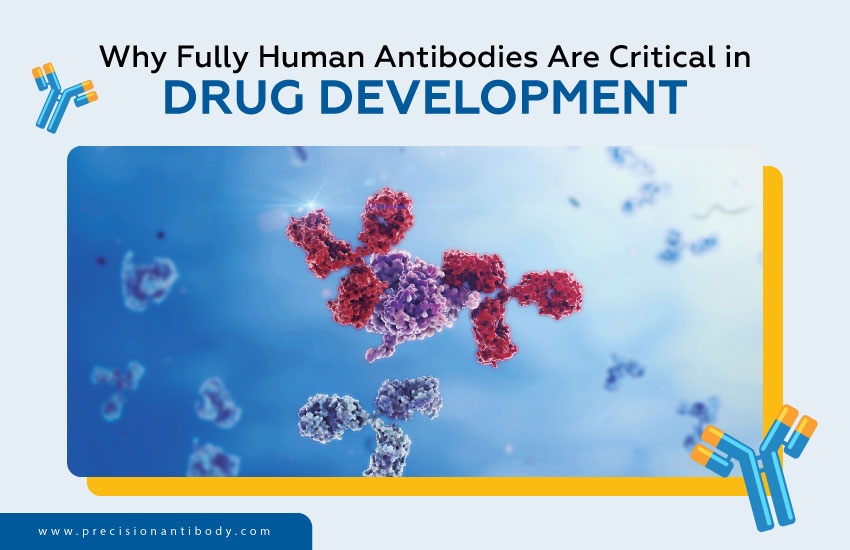
Therapeutic antibodies are vital to medication development for cancer, immune system and infectious disease treatment. Not all antibodies are alike. Early mouse models and chimeric formats were unsafe, limiting their utility. Safety, efficacy and regulatory approval are coming from fully human antibodies.
The first therapeutic antibodies like murine and later chimeric types, were revolutionary yet had their challenges. The body thought they were “foreign” since they possessed proteins that weren’t human. This sometimes led to the creation of anti-drug antibodies (ADAs) that might stop the treatment, speed up its removal or even cause adverse immunological responses.
One notable example is muromonab-CD3 (OKT3), an early mouse antibody that was approved to help with transplant rejection. Although it worked well its use became restricted due to strong immune reactions, highlighting the urgent need for safer options.
Fully human antibodies overcome these limitations by closely resembling natural human immunoglobulins.
This reduces immunogenicity and allows for:
Regulators are looking for biologics that are safer and have lower immunogenicity. Human antibodies fit these expectations well, increasing their chances of approval. It’s not surprising that some of the most successful biologics, like adalimumab (Humira®) and pembrolizumab (Keytruda®) are entirely human based. Their approval and success show the clear benefits of this format.
Fully human antibodies represent not just progress in therapy but have become the benchmark in the industry. By focusing on immunogenicity and improving safety, efficacy and regulatory acceptance they are essential to the success of today’s leading antibody-based treatments.
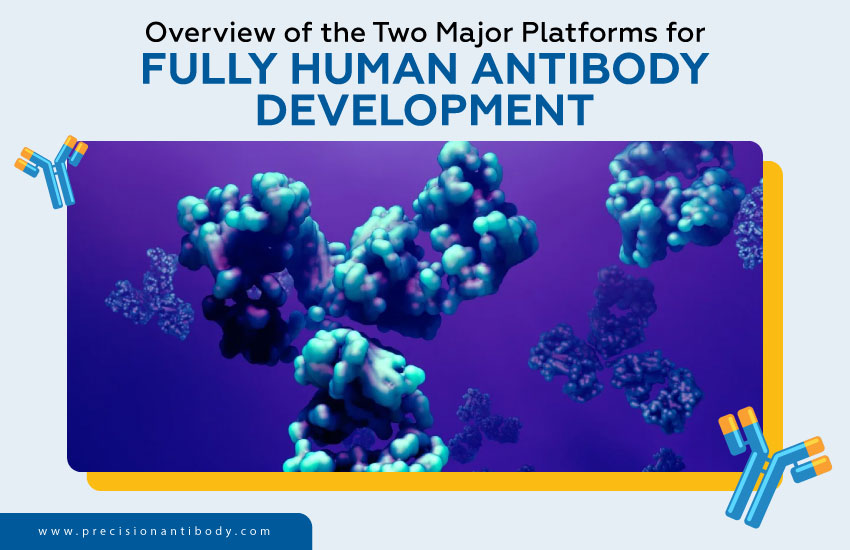
Phage display and transgenic mice are key tools for creating fully human antibodies today. Both have changed the landscape of drug discovery, yet they function differently at different paces and with distinct biological significance. By grasping these key ideas researchers can choose the most suitable approach for their pipeline and clinical objectives.
These platforms work hand in hand, serving as powerful engines for therapeutic antibody innovation helping to move new biologics from idea to reality in the clinic.
Phage display is a way to choose antibodies in a lab that attaches antibody fragments to bacteriophages. This makes it possible to quickly screen large antibody libraries against specific antigens.
Transgenic mice are genetically modified in vivo models that contain human immunoglobulin genes. When these animals are immunized their immune systems naturally produce entirely human antibodies.
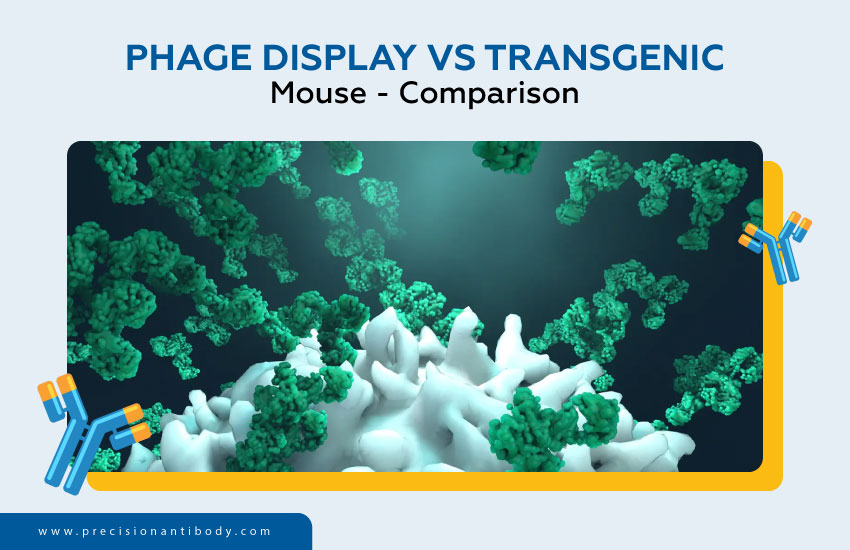
Phage display and transgenic mouse platforms each offer unique advantages for developing fully human antibodies. A side-by-side comparison shows how they differ in diversity, speed, cost and clinical relevance guiding researchers to select the platform that best fits their needs.
| Factor | Phage Display | Transgenic Mouse |
| Diversity of Antibody Library | Extremely high; libraries can exceed 10¹⁰ variants. | Limited to what the engineered immune system naturally produces. |
| Immune System Involvement | In vitro system; no natural immune processes. | Full immune response in vivo, including tolerance mechanisms. |
| Affinity Maturation | Requires additional engineering or rounds of selection. | Occurs naturally through somatic hypermutation and clonal selection. |
| Speed to Candidate | Rapid identification and screening within weeks. | Slower; requires immunization and animal handling, often several months. |
| Immunogenicity Risk | Fully human antibodies, low risk; but may lack natural tolerance checks. | Fully human antibodies with immune tolerance built in; lowest immunogenicity risk. |
| Cost Considerations | Lower cost; scalable and suitable for high-throughput screening. | Higher cost due to animal breeding, maintenance, and longer timelines. |
| Common Use Cases | Early-stage discovery, broad screening, rare target identification. | Clinical-grade candidates, functionally relevant and naturally matured antibodies. |
| Structural Relevance | Sometimes limited; selected binders may lack natural folding context. | Antibodies structurally similar to natural human immune responses. |
| Scalability | Highly scalable with automation and robotics. | Less scalable; depends on animal cohorts. |
| Success Stories | Widely used in antibody libraries like Adimab and Morphosys. | Backed many FDA-approved biologics (e.g. from Regeneron’s VelocImmune® platform). |
Both platforms have created blockbuster pharmaceuticals, therefore they work together instead than against each other in many pathways.
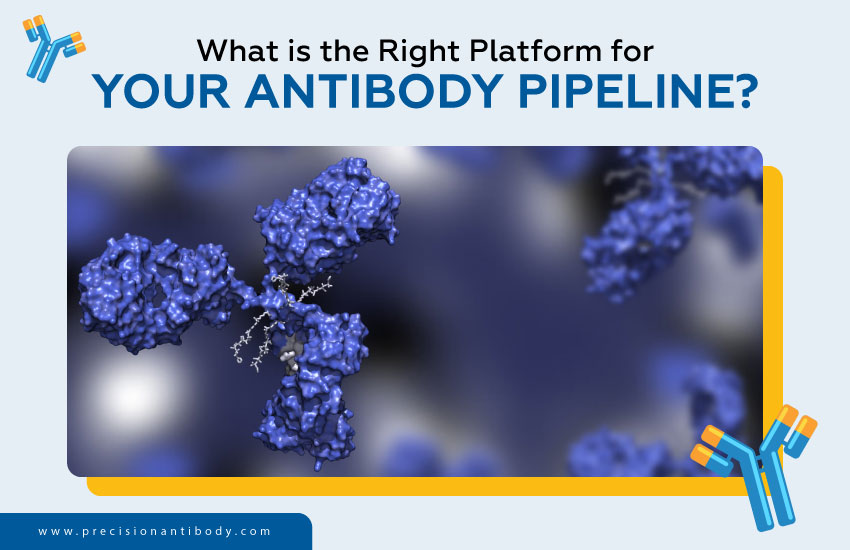
It’s not easy to choose between phage display and transgenic mice. Your choice should be in line with your therapy goals, the target you want to reach and the practical restrictions of drug development.
These are the most important things that led to this choice:
More and more, businesses are using both strategies to get the best of both worlds.
In practice, hybrid strategies are becoming the norm, merging the speed and diversity of phage display with the physiological depth of transgenic mice to maximize pipeline success.
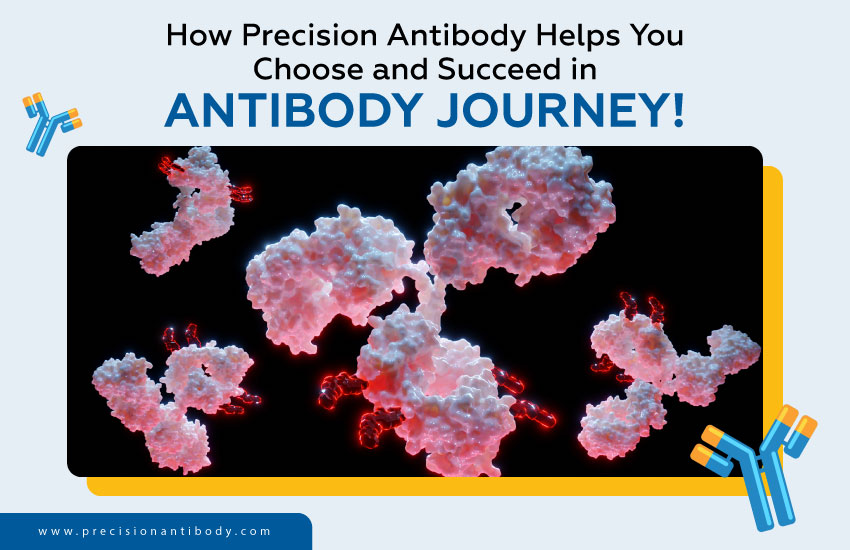
Choosing the correct method, whether it’s phage display or transgenic mice, can make or break your therapeutic pipeline. Precision Antibody gives you the knowledge, tools and advice you need to make sure you don’t simply make a decision, but the correct one.
Explore our Custom Antibody Development Services to understand how we turn uncertainty into effective antibody programs. Join the innovators who trust Precision Antibody to turn ideas into clinical and commercial success. We work with biotech startups and big pharmaceutical companies all around the world.
Transgenic mice frequently produce higher-affinity antibodies due to their dependence on the normal in vivo immune system which encompasses affinity maturation. However, advanced phage display technologies can now compete with this by using iterative selection and engineering to make the binding strength stronger.
Yes, contemporary phage display libraries and engineering methods let antibodies be made better for stability, solubility and manufacturability. Transgenic mice have an advantage at first because of their natural immune systems but phage display lets you customize antibodies for use in medicine.
Not every time. Transgenic mice are great when antigens are immunogenic and physically complicated. However, phage display can find targets that aren’t very immunogenic, are poisonous or are concealed in structure. A hybrid strategy that uses both platforms works best in many pipelines.
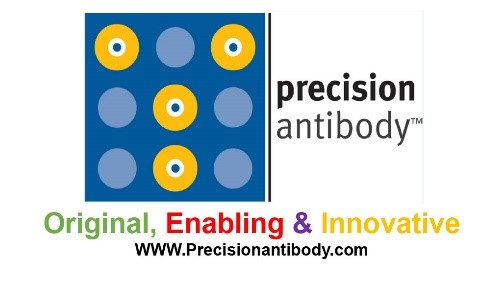
Led by innovative minds in immunology and the antibody development field, Precision Antibody has been an industry leader for over 20 years. We not only implement a cutting-edge technique in antigen design, antibody development, production, and other analyses, but we are also constantly working on ways to improve and advance technology to match the ever-changing world of science. If you are interested in learning more about Precision Antibody’s Custom Antibody development.
Precision Antibody™ is the forefront of the global Custom Antibody industry & it is led by the innovative minds in immunology and antibody development field.
